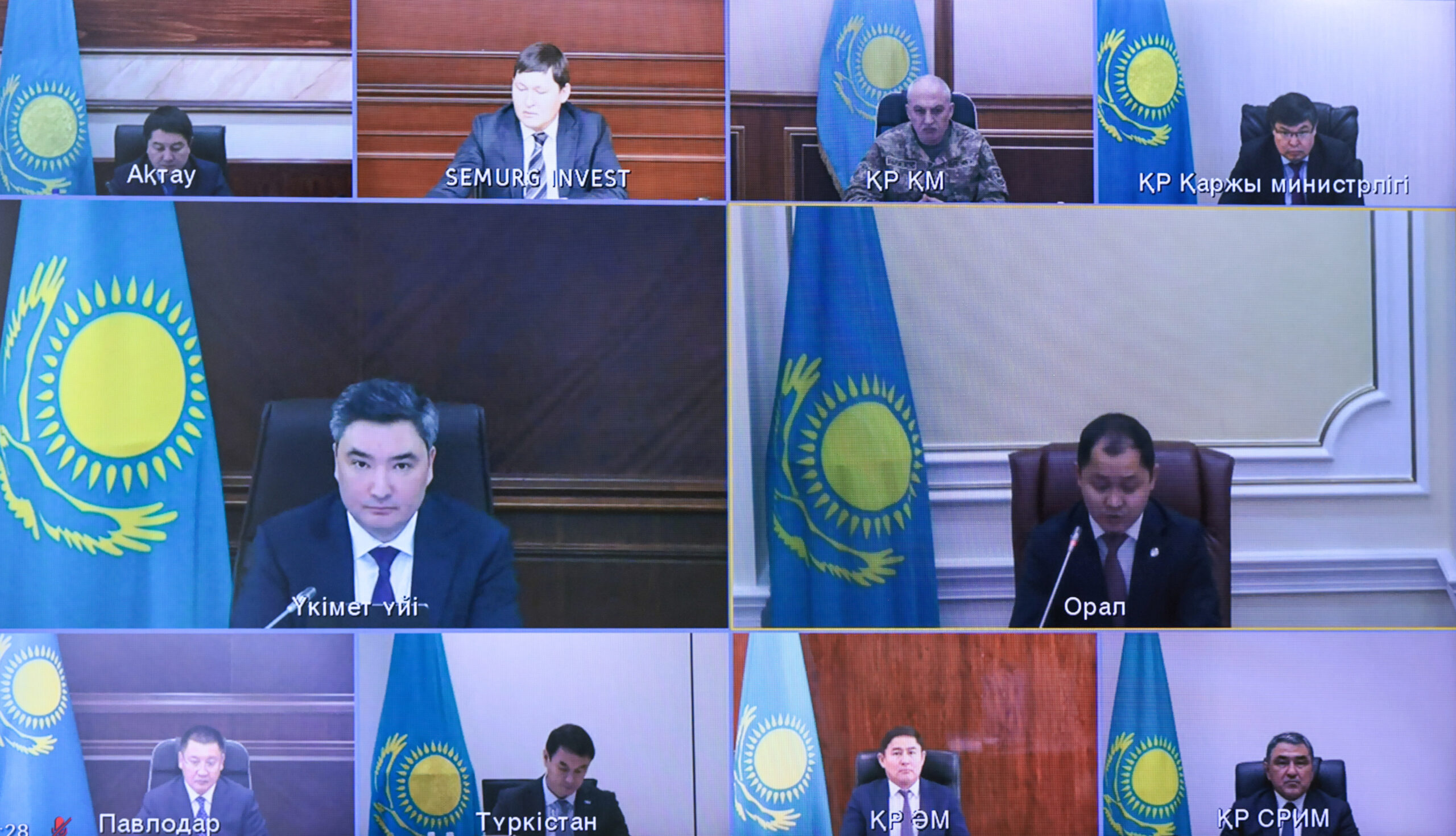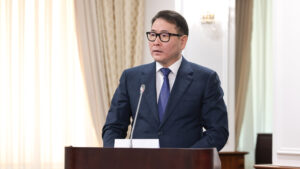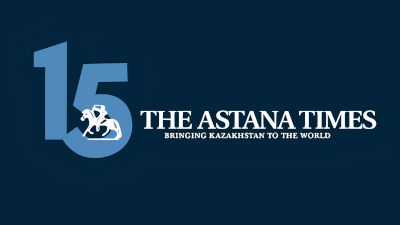ASTANA – The Kazakh government is advancing its goal of establishing comprehensive transport and logistics hubs in Central Asia and the Caspian Region by focusing on cross-border infrastructure, attracting investments, and boosting export potential.

At a Dec. 10 meeting led by Prime Minister Olzhas Bektenov, officials discussed key logistics projects aimed at strengthening Kazakhstan’s role as a regional transit hub. Photo credit: primeminister.kz
At a Dec. 10 meeting chaired by Prime Minister Olzhas Bektenov, officials discussed key logistics projects to strengthen Kazakhstan’s role as a regional transit hub.
Cross-border hubs
Kazakh Minister of Trade and Integration Arman Shakkaliyev outlined progress on five major cross-border hubs connected by rail and road. These hubs are positioned to enhance trade, foster industrial cooperation, and expand the country’s transport capabilities.

Kazakh Minister of Trade and Integration, Arman Shakkaliyev. Photo credit: primeminister.kz
“The development of these transportation and logistics centers along borders with China, the Kyrgyz Republic, Uzbekistan, Russia, and the Caspian coast will accelerate trade, increase non-commodity exports by 30%, and simplify logistics procedures for businesses,” said Shakkaliyev.
He highlighted the Khorgos hub, a cornerstone for trade with China, integrating infrastructure to enhance exports and transit, and the Caspian hub, which is vital for the Trans-Caspian route.
“The Caspian hub includes building a facility for container storage and transshipment from railcars to sea containers, along with providing high-quality processing services. The Caspian Hub will boost transit cargo volumes from China to Europe via the Trans-Caspian International Transport Route (TITR) and support the development of the Turkmenbashi–Aktau–China container line,” said Shakkaliyev.
The Central Asia International Industrial Cooperation Center (CAIICC) near the Uzbekistan border is expected to deepen bilateral trade relations and stimulate mutual trade turnover to US$10 billion over five years.
He noted that the Industrial Trade and Logistics Complex (ITLC) project is strategically located near one of the busiest transit checkpoints, Karasu in Kazakhstan and Ak-Tilek in the Kyrgyz Republic. Positioned along the Western Europe–Western China international automobile corridor, the project is set to support initiatives near the Kyrgyz border.
“The complex will offer storage and pre-sale preparation services, as well as the consolidation and redistribution of goods in wholesale quantities,” said Shakkaliyev.
“It will feature a streamlined border system and a vehicle and goods registration process, with a new bridge facilitating the movement of goods and alleviating pressure on current checkpoints. Construction is scheduled to begin in 2025,” he added.
Key infrastructure projects
The Eurasia Cross-Border Trade Center is another key hub to strengthen industrial cooperation with Russia.
Maksat Kaliakparov, the Kazakh Vice Minister of Transport, emphasized the importance of improving access to the center through the ongoing reconstruction of the 144-kilometer Podstepnoe-Fedorovka highway, a critical corridor linking Central Asia to Europe. Road surfacing, culverts, and interchanges have been completed this year, with the entire project slated for completion by 2025.
Kaliakparov also highlighted the CAIICC project, which includes constructing the 152-kilometer Darbaza-Maktaral railway line. This project aims to reduce congestion at the Saryagash station and boost freight capacity to Central Asia by 20 million tons annually. Essential infrastructure for the center will be in place upon project completion.
Efforts to enhance Kazakhstan’s logistics network extend to the development of container hubs in the Aktau and Kuryk ports and multimodal air hubs in Astana, Almaty, Shymkent, and Aktobe.
“As part of the Caspian Hub initiative, the Aktau and Kuryk ports are undergoing modernization. Dredging operations at the Aktau port next year will create 170 hectares of new land for terminal expansion. New terminals in Aktau are being developed in collaboration with international investors. At Kuryk port, a new grain terminal with an annual capacity of one million tons has been launched, and the multifunctional Sarzha terminal is under construction,” said Kaliakparov.
These projects are expected to increase the port’s throughput capacity to 30 million tons annually by 2030.
The Khorgos logistics hub is advancing with plans for a cargo-passenger airport developed by Skyhansa Company, a Kazakhstan-Germany joint venture. This project includes a cargo terminal, bonded storage, a fuel depot, and an aviation maintenance center.
The nearby Altynkol railway station, a key element in Kazakhstan-China logistics, handles 11 million tons of cargo and 700,000 containers annually. It is slated for modernization to enhance its capacity further.
Prime Minister’s vision for strategic progress
Bektenov emphasized the need to intensify efforts to attract investors and enhance the investment appeal of Kazakhstan’s logistics hubs.
The completion of these hubs is projected to reduce cargo transit times, stimulate industrial production, increase tax revenues, and generate new jobs.
“The implementation of the Central Asia hub project near the Uzbekistan border will expand railway infrastructure capacity by 20 million tons annually. Meanwhile, establishing a container hub at the Aktau port will boost cargo transshipment volumes from 92,000 to 300,000 containers per year,” said Bektenov.
“Overall, the hub system aims to create a single trade and transport network with our key trading partners, driving significant growth in trade turnover and strengthening strategic ties with neighboring countries,” he added.
Bektenov emphasized the strategic importance of optimizing the East-West, North-South corridors and the TITR. These corridors provide vital connections to markets in China, the Persian Gulf, the Caucasus, and Europe.


